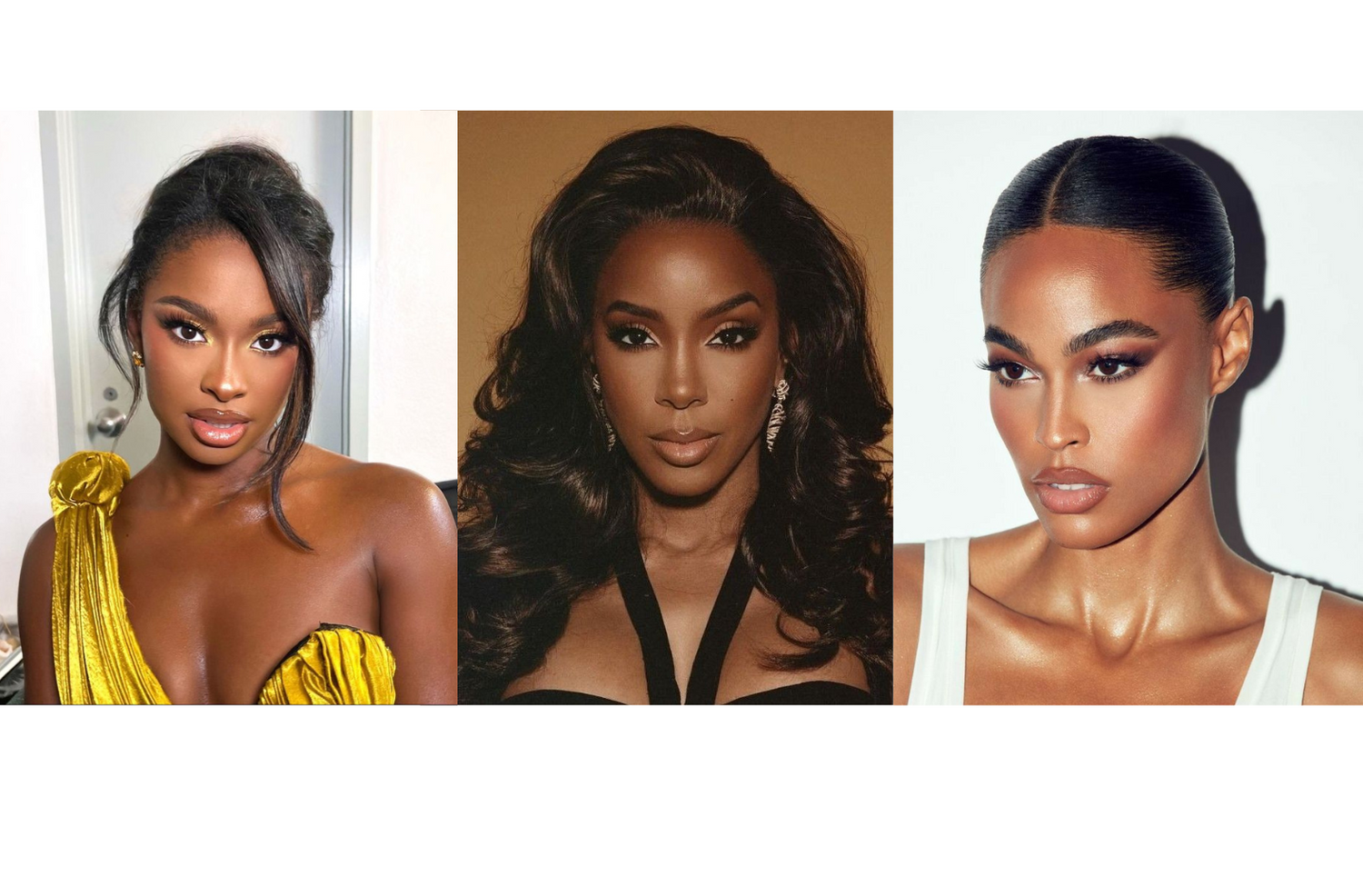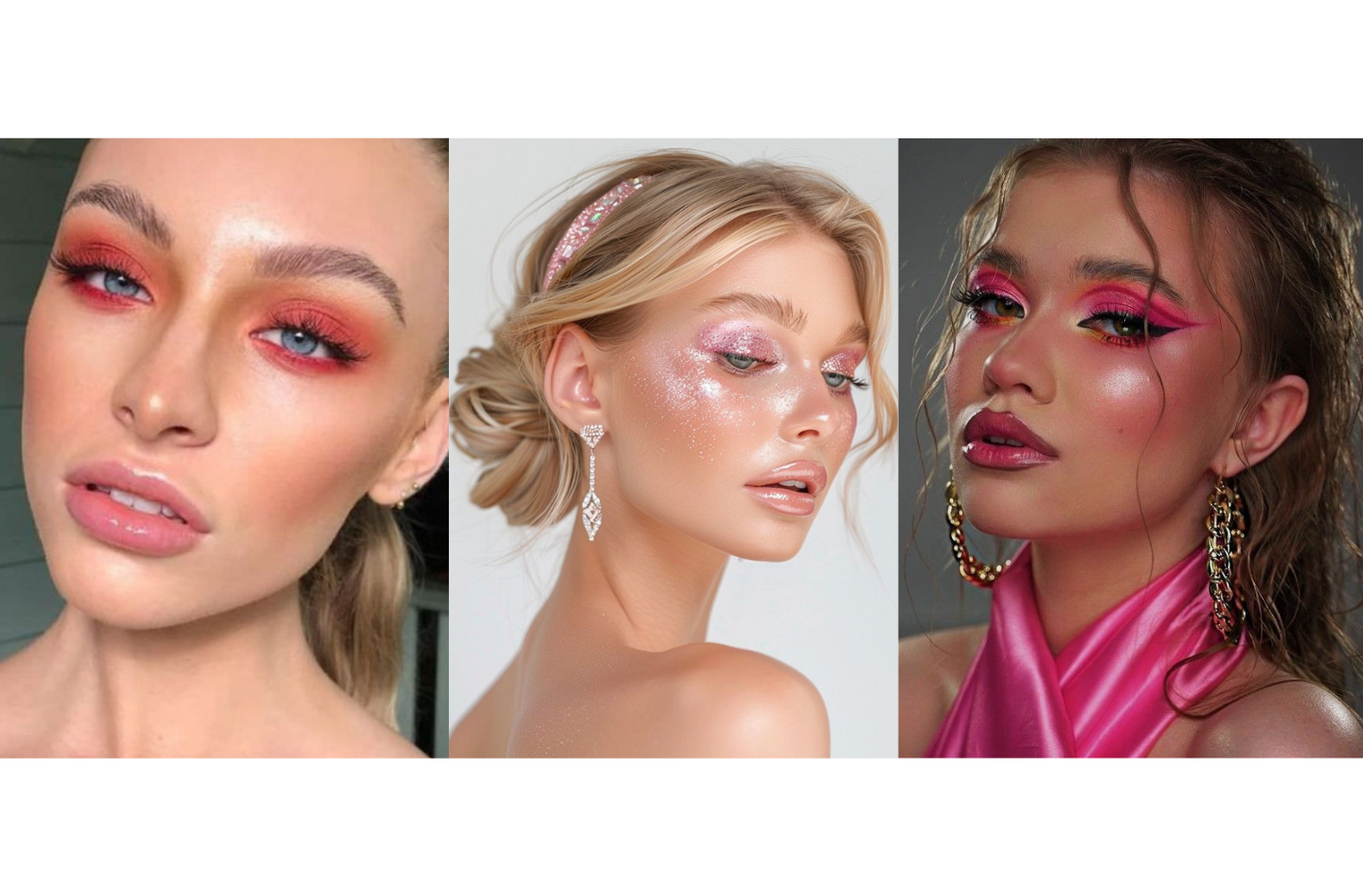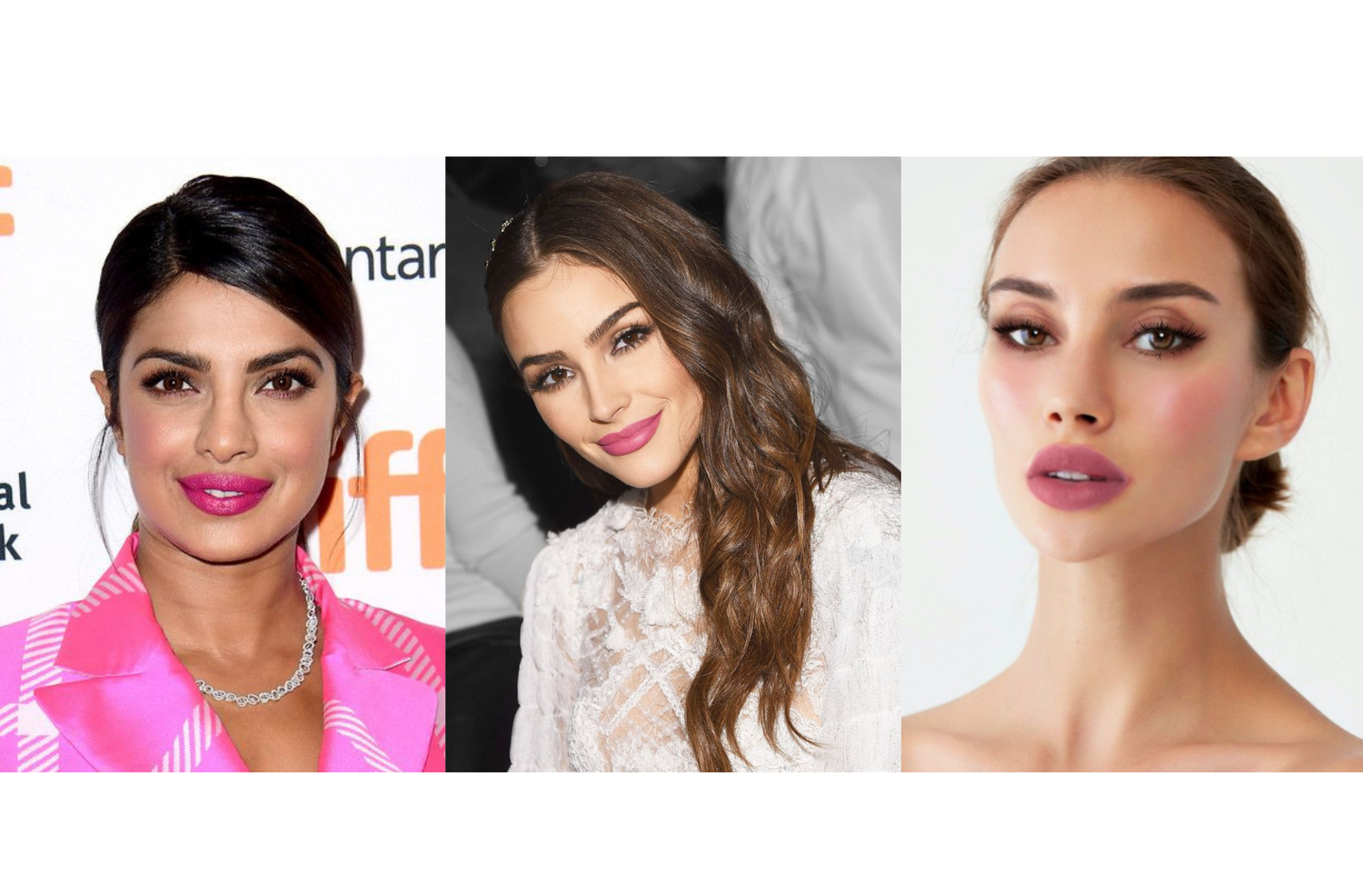In the world of cosmetics and beauty, understanding your skin undertones is crucial for achieving the perfect makeup look. At L Factor New York, we are committed to providing you with the most accurate and comprehensive guide on how to know your undertone, whether it's warm, cool, or neutral. This knowledge will help you make informed choices when it comes to makeup, clothing, and jewelry.
In this article, we delve deep into the concept of undertones, how to identify if you have warm, cool, or neutral undertones, and how to enhance your natural beauty based on this essential aspect.
What are Undertones?
Undertones are the subtle color tones that exist underneath your skin's surface. They play a significant role in determining how certain colors complement your complexion. While skin tones can vary widely, undertones are generally categorized into three main types: warm, cool, and neutral.
Warm Undertones
If you have warm undertones, your skin has a slightly golden, peachy, or yellowish tint. This means that colors like earthy tones, warm reds, and shades of gold are likely to look stunning on you. To identify warm undertones, consider the veins on your wrist. Greenish-looking undertones indicate you have warm undertones.

Cool Undertones
Cool undertones are characterized by a hint of pink, blue, or purple beneath the skin. People with cool undertones tend to look fantastic in jewel tones, such as sapphire blues, emerald greens, and cool purples. To identify cool undertones, observe your wrist veins – if they appear more bluish, you probably have cool undertones.

Neutral Undertones
Neutral undertones are a blend of warm and cool tones, creating a balanced complexion. Individuals with neutral undertones have the versatility to rock a wide range of colors. If your veins appear to be a mix of both green and blue, you likely have neutral undertones.

Difference Between Skin Tone and Undertone
Skin tone refers to the surface color of your skin, ranging from fair to deep. It's what you immediately notice when looking at someone. Skin tone is determined by melanin levels and sun exposure.
Undertone refers to the subtle color underneath the surface of your skin. It can be warm, cool, or neutral. Your undertone color affects how jewelry, clothes, and makeup shades look on you.
While skin tone varies from light to dark on the surface, undertone remains constant. You can have a fair skin tone with warm undertones or a deep skin tone with cool undertones. Determining both your skin tone and undertone will help you find shades that truly complement your complexion.
Explore: How to choose lipstick shade for your skin tone?Identifying Your Undertones
Why Determine Your Undertones?
Figuring out your skin undertones is so important for picking makeup, hair colors, and clothes that truly complement your complexion. When you know whether you have warm, cool, or neutral undertones, you can make personalized color choices that make you look and feel your absolute best!
How to Test Your Undertones
Here are the easiest ways to determine if you have warm, cool, or neutral undertones:
The Vein Test
The Vein Test Examine the veins on the inside of your wrist in natural lighting. Greenish veins indicate warm undertones. Blue or purple veins point to cool undertones. Can't tell? You likely have neutral undertones.
The Jewelry Test
Compare how gold jewelry and silver jewelry look when you wear them. Gold making you glow? Warm undertones. Silver making you radiant? Cool undertones. Both looking great? Neutral it is.
The White Fabric Test Hold a white cloth next to your face. Yellowish skin means warm tones. Ruddy or pink skin means cool undertones. Skin matching the white cloth indicates neutral tones.
The Lipstick Test
Another great way to gauge your undertones is by trying on different lipstick shades. Go for a warm red, a cool pink, and a neutral peach shade. The most flattering and harmonious shade on your lips likely indicates your dominant undertone.
The Rouge Test
Similar to lipstick, blush can also help reveal your undertones. Try a warm coral blush, a cool pinky berry, and a neutral peach. The shade that makes your complexion look lively and glowing is probably in line with your undertones.

Analyze Your Physical Features
Your natural hair color and eye color can provide clues into your undertones:
Warm undertones often accompany brown, hazel, or amber eyes with golden flecks. Hair colors like strawberry blonde, auburn, and golden brown align with warm tones.
Cool undertones are often seen with blue, gray, or green eyes. Hair colors like ash blonde, salt and pepper, and jet black tend to suit cool-toned skin.
Neutral undertones typically have hair in shades of mousy brown and eyes that are hazel-ish, not distinctly warm or cool.
Consider Your Ethnicity
While not definitive, your ethnicity can be a starting point to consider when determining undertones:
Fairer skin commonly leans cool while olive skin is often warm. Neutral tones frequently appear in Latinx, Asian, and mixed skin.
Mediterranean, Hispanic, and Middle Eastern ethnicities frequently coincide with warm, golden undertones.
Celtic, Nordic, and East Asian ethnicities tend to have cooler pink and rose undertones.
Don't Stress, Just Test!
Figuring out your undertones takes thoughtfulness, comparison, and testing. Don't feel pressured to label yourself in an instant. Take the time to try different color tests and makeup products while observing your skin in both natural and artificial light. With consistent analyzing, you'll come to recognize your most harmonizing undertone shades.

Leveraging Your Undertones for Personal Style
Choose Makeup that Complements Your Undertones
- Warm tones shine with peach, terra cotta, bronze
- Cool tones glow with pink, berry, rose
- Neutral tones look great with beige, taupe, brown
Pick Flattering Clothing Colors
- Olive, mustard, coral flatter warm skin
- Berry, mint, emerald accentuate cool tones
- Cream, slate blue, pastels suit neutral tones
Select Harmonizing Jewelry
- Gold flatters warm undertones
- Silver and platinum flatter cool undertones
- Mix metals for neutral undertones
Focus on What Makes You Feel Confident
- Don't rigidly follow undertone "rules"
- Choose colors that align with your personal style
- Pick shades that make you feel comfortable and radiant
Leverage Undertones to Accentuate Your Beauty
- Use your undertone knowledge to thoughtfully curate colors
- Highlight your most gorgeous features
- Express your inner glow through personalized color choices
The Bottom Line
Understanding your skin undertones is a game-changer in the world of beauty. It helps you make informed choices that enhance your natural features and bring out your unique radiance. By following our comprehensive guide, you're well on your way to embracing your undertones and confidently embracing a more vibrant and personalized beauty routine. Discover the magic of undertones and let your inner beauty shine through!
FAQs: How to Find Your Undertone!
Q: What are the main types of undertones?
A: The main undertone types are warm, cool, and neutral. Warm has yellow/peach tones, cool has pink/red tones, and neutral is a blend.
Q: How can I tell if I have warm or cool undertones?
A: Look at the veins on your wrist - greenish veins mean warm tones, purplish veins mean cool tones. Also see if gold or silver jewelry flatters you more.
Q: What lipstick shades work for cool undertones?
A: Cool-toned people look great in rosy pinks, mauves, plums, berry shades, and blue-based reds. Avoid orangey shades.
Q: What colors should I wear for neutral undertones?
A: Neutrals look fabulous in earth tones, olive greens, taupes, plums, and blue-based pinks. Avoid extreme warm and cool shades.
Q: How does ethnicity relate to undertones?
A: Broadly, fair skin often leans cool, olive skin warm, and Latinx/Asian skin neutral. But ethnicity isn't definitive for undertones.
Q: What if I can't tell my undertone from the tests?
A: Keep testing makeup and drapes in different lighting. An expert can also analyze your undertones if you remain unsure. The key is identifying your most harmonizing shades.
Next Blog: 10 Best Lipstick Shades For Daily Use





